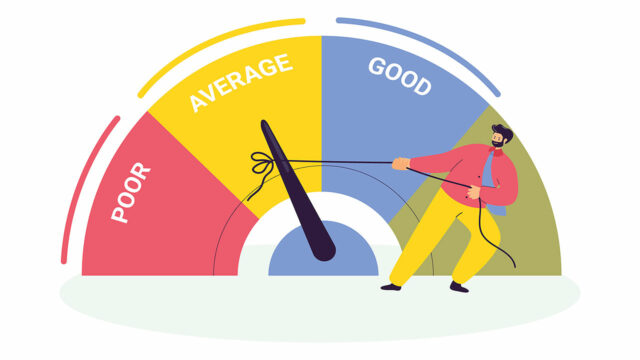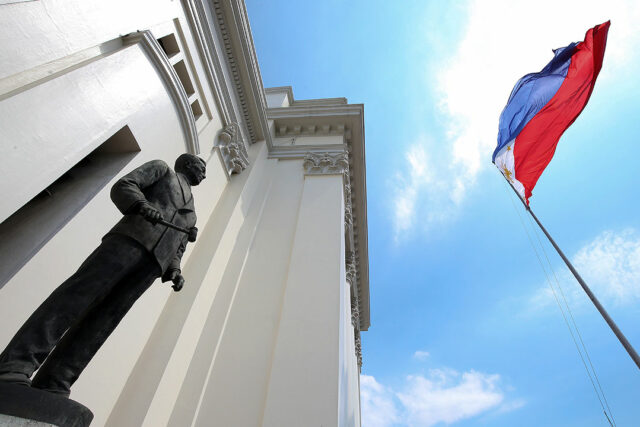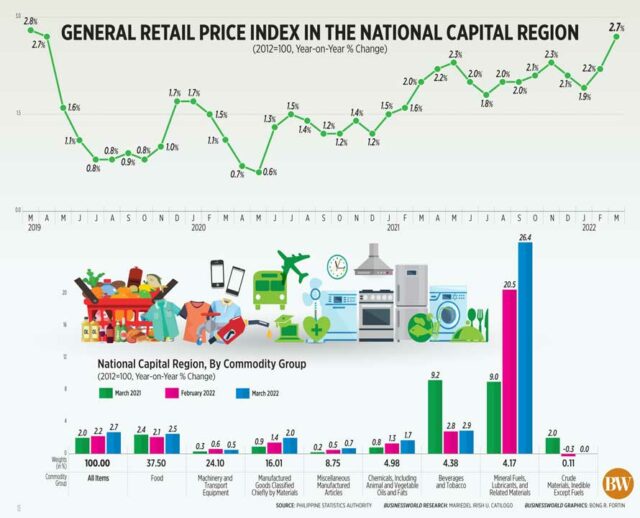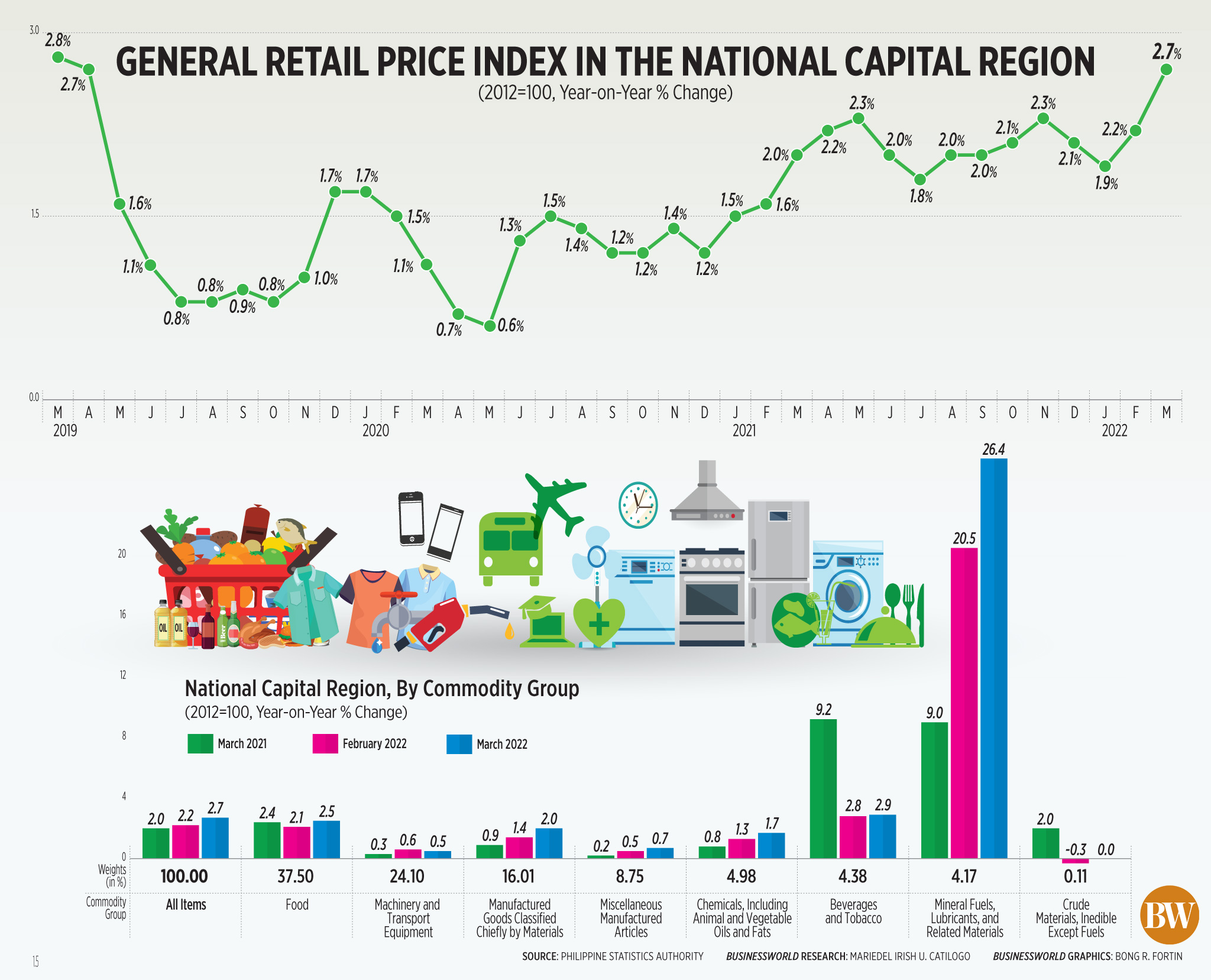Last Wednesday, the broadsheets reported that credit rating agencies (CRAs) are optimistic about the Philippines’ debt prospects, that the level would remain manageable. On that basis, both government and the market must be firming up their prognosis that the country might succeed in keeping its current investment-grade (IG) credit rating.
What is interesting is that the broadsheets linked this steady credit rating performance to the new administration’s ability to source cheap funding. Let’s connect the dots.
In one of our past columns, we argued that such higher investment-grade credit rating could be eaten, something that many had disputed in the past. If they simply consulted the chart showing the decline in our borrowing costs following our successive upgrades between 2010-2016 and thereafter, they would have found the truth. And the truth could have freed them to understand that we saved millions of dollars in debt servicing for so many basis-point reductions in our borrowing costs. In turn, such savings funded, one, infrastructure; two, cash transfers; and three, social services.
But we did not get the upgrades without sweat.
Before the transition to the PNoy (Benigno Aquino III) administration in 2010, the BSP (Bangko Sentral ng Pilipinas) decided to look into the methodologies of the three major CRAs. As documented by our staff who directly worked with us on this issue, Cristeta B. Bagsic and Eufrocinio M. Bernabe, Jr., in their article “Predicting the RP Sovereign Credit Ratings: Has the Philippines Been Underrated?” published in the BSP Economic Newsletter of November-December 2012, we needed to find the reasons why more favorable macroeconomic and governance indicators in the Philippines failed to earn us even a single upgrade from the CRAs from 2002 to 2010.
In 2002, both S&P and Fitch rated us BB+ while Moody’s gave us an equivalent Ba1. Both ratings served notice to the market that the country’s sovereign bonds are junk.
From 1999 to 2010, all of 12 years, the Philippine performed excellently in those macroeconomic and governance indicators the CRAs regularly monitor and compress into a single rating, as in BBB+, and an outlook, like positive. Such indicators include, for instance, economic growth. In this, we managed to record uninterrupted, positive economic growth even through the Global Financial Crisis. With the implementation of flexible inflation targeting framework in 2022, inflation had started stabilizing at much lower rates compared to the previous 10 years. Between 2002 and 2010, GDP per capita more than doubled. The consolidated public sector debt to GDP ratio was reduced from 104.1% to only 68.8%, while for the national government alone, debt to GDP ratio came down from 67.1% to just 52.4%. Gross international reserves (GIR) nearly quadrupled from $16.4 billion to $62.4 billion. The external debt to GDP ratio was more than halved, from 66.1% to only 30.1%. As a result, the proportion of the country’s external debt to our GIR shrank from 3.3% to only 1%.
But surprise! By 2010, both S&P and Fitch had rated us one notch lower at BB. Moody’s downgrade was even more significant at only Ba3.
Taking a page from Hong Kong’s playbook a few years earlier, we began to engage the CRAs more intensely at every opportunity — meetings of the IMF and World Bank, ADB, ASEAN, investment roadshows. Hong Kong itself was likewise underrated until they campaigned for sustained upgrades given the leaps and bounds in their economic performance. We did not only face the CRAs with the glowing figures in the economy but also with the validation of their assessment based on our own independent study. BSP used three models to validate our credit ratings, namely, ordered logit, panel regression involving some 78 economies using ordinary least squares (OLS) and cluster analysis.
The findings were very revealing.
First, three indicators figured prominently across the three methodologies: inflation rate, unemployment rate, and World Bank indicator for government effectiveness. As stressed by Bagsic and Bernabe, such a result highlighted the need for stronger collaboration between monetary and fiscal policy, enhancing government credibility and commitment to a stable policy environment. Government effectiveness was the most important in the CRAs’ assessment.
And second, the empirical results show that based on any one of the three methodologies, the Philippines was underrated by all three CRAs. In particular, cluster analysis showed that at BB+ and Ba1, both speculative or junk grade, the Philippines was lower than warranted and should have been grouped with economies that were rated one to two notches higher. That should have put us into the investment-grade category which starts at BBB-, or just one notch higher. This signifies the country’s adequate capacity to pay its debt.
One lesson in our own experience with CRAs is that there is scope for public servants to engage them with actual data and trends including rigor in our analytical work. While credit rating says a lot, it is incumbent upon the government to ensure the message is accurate.
The other reason why credit rating is edible is its impact on attracting foreign direct investment (FDI). We agree that liberalizing the entry of FDI in the Philippines is a big plus in lessening the country’s reliance on foreign debt and closing the saving-investment gap. More FDI builds capital stock for production activities, increases labor employment, encourages technology transfer including managerial skills, and integrates the domestic economy into the global chain.
The enactment of the Public Service Act, Foreign Investment Act, and the Retail Trade Liberalization Act also constitute key policy reforms that are strategically pro-investment, decidedly being monitored by prospective business partners especially as we recover from the pandemic and work for quick economic recovery.
How does credit rating figure in the FDI equation?
In a very interesting discussion paper for the BSP’s Research Academy in December 2021, BSP technical officers Hazel C. Parcon-Santos, Maria Rica M. Amador, and Marie Edelweiss G. Romarate noted the disparities in FDI that went into the ASEAN member countries Indonesia, Malaysia, the Philippines, Thailand, and Vietnam from some 15 source countries for the period 2009-2019, quite recent coverage.
Using a gravity model approach which posits the basic idea that market size and geographical distance are key determinants of FDI, other related factors were also considered. Their paper found that not one or two factors explain investor interest, but a number of both economic and non-economic factors.
Parcon-Santos, Amador, and Romarate found that “sovereign credit ratings have signaled effects for FDI, which bodes well for governments that are pursuing measures to improve credit ratings, with the end goal of enhancing an economy’s efficiency and competitiveness.” True, CRAs’ assessment provides would-be non-resident investors a good look into the macroeconomy and economic dynamics of prospective investment destinations. While the IMF’s annual Article IV consultation staff report might be more comprehensive, CRAs’ assessment is more focused on the economy’s liquidity and solvency conditions and what risks could affect the prospects.
The other ingredients to investment friendly environment include ease of cross-border trading, quality of human capital that is primary to labor cost, reduction of FDI restrictions, and good public governance.
The paper also clarified that good public governance is associated with ease of doing business, quality of infrastructure, competitive industrial performance, and technological innovations. It is helpful, but reducing corporate income tax is not an absolute in attracting FDI. It should never be a race to the bottom: the economy might be giving up potential resources that could otherwise have been used to address those basic considerations of FDI like better infrastructure, education, and medical care.
As the BSP officers concluded, there is no factor “that can single-handedly attract FDI.” But going back to credit rating, the study highlighted that credit rating says a lot about a country. By giving a better understanding of the host economy due to the CRAs’ assessment, a good credit rating could therefore enable it to raise funding cheaply while attracting a greater amount of FDI.
So, when the government announces its goal to hit the road to A, it should not be empty rhetoric. For our people, it becomes an earnest expectation of better days ahead. With what is happening to prices and jobs, they see nothing but hope in a credit upgrade.
Diwa C. Guinigundo is the former deputy governor for the Monetary and Economics Sector, the Bangko Sentral ng Pilipinas (BSP). He served the BSP for 41 years. In 2001-2003, he was alternate executive director at the International Monetary Fund in Washington, DC. He is the senior pastor of the Fullness of Christ International Ministries in Mandaluyong.










